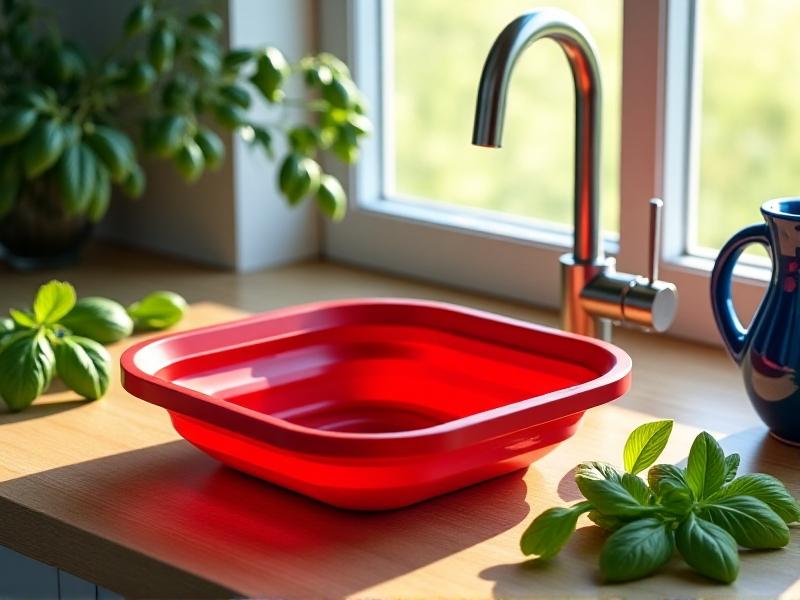Refrigerator Organization Matrix
Introducing the Refrigerator Organization Matrix: A Blueprint for Efficiency
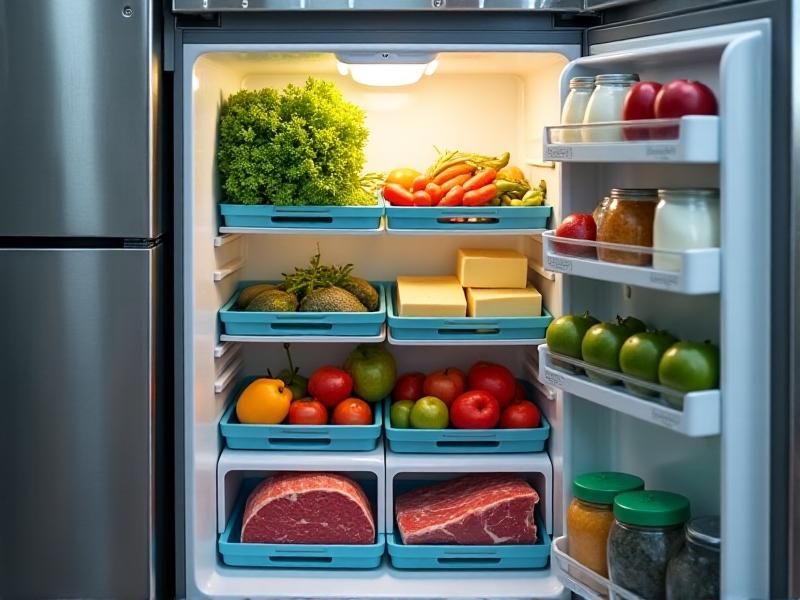
Your refrigerator isn’t just a cold box—it’s a dynamic ecosystem where temperature, humidity, and airflow interact differently across shelves and compartments. The Refrigerator Organization Matrix is a science-backed system that assigns specific food categories to zones where they’ll stay fresher longer while minimizing spoilage and cross-contamination risks. By dividing your fridge into intentional sections—like a pantry divided into aisles—you create visual order while aligning with your household’s consumption patterns. This method goes beyond aesthetics; it’s about extending the life of your groceries and reducing the “mystery leftovers” phenomenon.
Cracking the Code: How Temperature Zones Dictate Placement
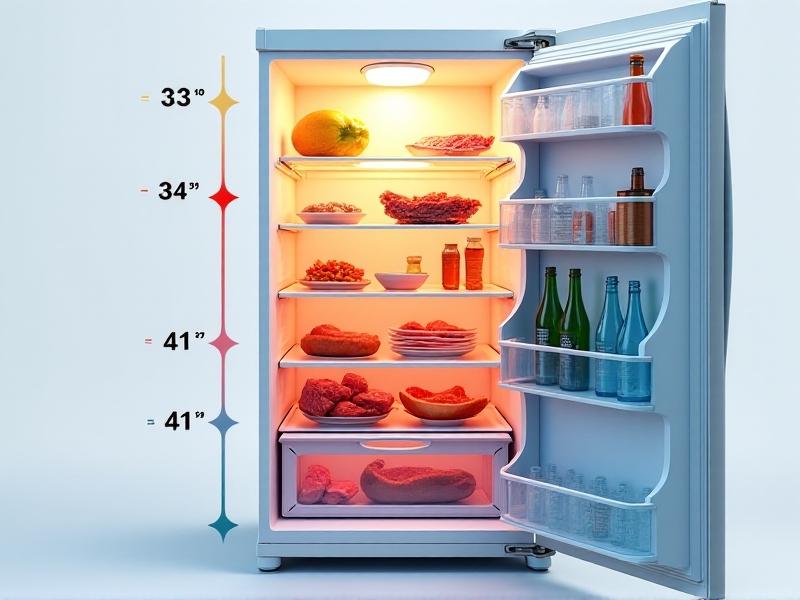
Despite its uniform appearance, your refrigerator operates with microclimates. Cold air sinks, making lower shelves 3-5°F cooler than upper ones. The door—subject to frequent temperature swings—is the warmest area. Dairy products placed haphazardly on the door may spoil faster, while berries stored incorrectly on upper shelves could develop ice crystals. Modern fridges often have “cold spots” near vents that can freeze leafy greens if not managed. Use adjustable thermostat settings and built-in humidity controls in crisper drawers to customize conditions for delicate herbs versus hardy root vegetables.
The Door Dilemma: What Belongs (and Doesn’t) in Your Fridge’s Busiest Zone
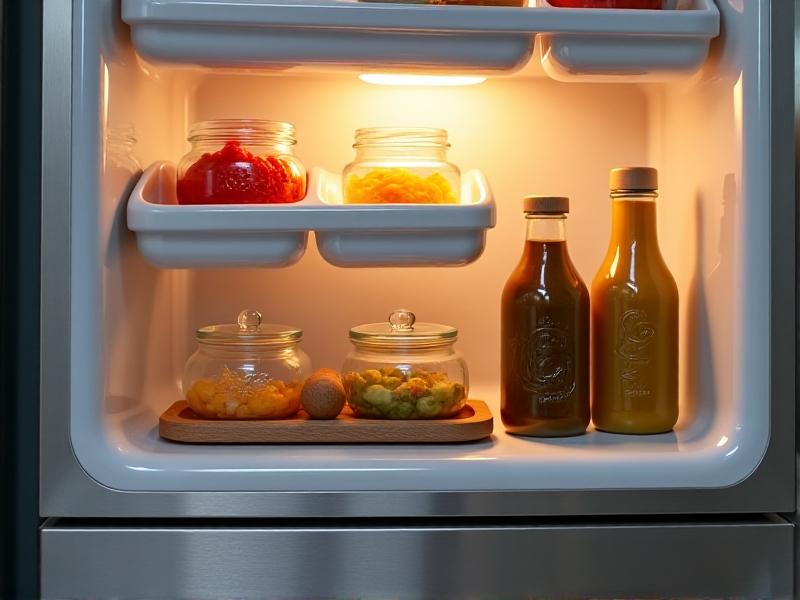
Resist the urge to treat fridge doors as overflow storage. Their constant exposure to room temperature makes them suitable only for shelf-stable items that tolerate fluctuation. Soy sauce, vinegar-based hot sauces, and unopened jam jars thrive here. Butter—despite common placement—should be in a dedicated door compartment only if you’ll use it within 3-4 days; otherwise, store it colder. Never put eggs here unless your fridge lacks a proper egg tray (most doors do, but it’s ironically a subpar location). Instead, use vertical door racks for tall bottles of brine or nondairy milk that won’t tip over during frequent access.
Upper Shelves: Curating a Ready-to-Eat Ecosystem
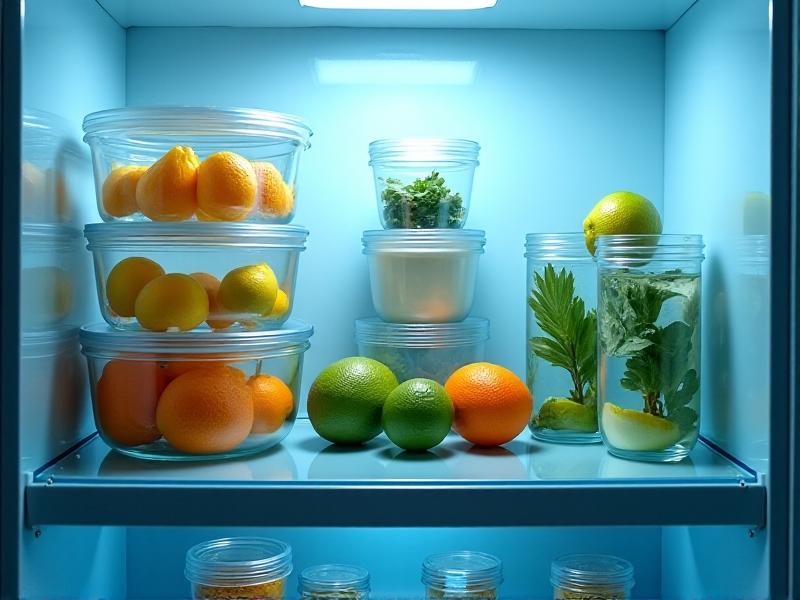
Think of upper shelves as your grab-and-go café counter. This zone should house foods requiring minimal preparation: washed salads in centrifugal containers, charcuterie boards-in-waiting with cured meats, or pre-portioned smoothie kits. Leftovers belong here front-and-center—research shows placing them at eye level increases consumption by 30%. Use stackable square containers (round ones waste space) labeled with reheating instructions. Avoid storing bread here; while refrigeration delays mold, it accelerates starch recrystallization (that “stale” texture). Instead, keep artisan loaves frozen and slice off what you need.
Lower Shelves and Raw Realities: Containing the Chaos
Raw proteins demand a “cold chain” approach. Store them in original packaging on drip trays or in secondary containers for 1-2 days max before cooking or freezing. If your fridge lacks a specific meat drawer, designate the coldest lower shelf (usually back-left) as a protein zone. Brining solutions or buttermilk-soaked chicken can go here in lidded ceramic dishes. Surprise fact: Whole fish stays fresher when packed in ice slurry in a perforated container—a trick borrowed from fishmongers. Never place thawing meat above produce; always use the bottom shelf as a contamination buffer zone.
Crisper Science: Tailoring Humidity to Your Greens’ Personalities
Not all crispers are equal. Lettuces and herbs are humidity divas—they thrive in 90-100% humidity environments. Use your fridge’s “high humidity” drawer (usually less airflow) and line it with dampened cloth napkins. Conversely, fruits emitting ethylene gas—apples, stone fruits—require low-humidity drawers with ventilation to prevent them from overripening neighboring veggies. Pro tip: Store mushrooms in paper bags here to absorb excess moisture. For odor-prone items like peeled onions, use activated charcoal filters in perforated containers. Some fridges now feature ethylene absorbers; if yours lacks these, a simple box of baking soda works.
Freezer Architecture: Beyond the Ice Cube Tray Graveyard
Transform your freezer from a chaotic abyss into a frozen archive. Use the FIFO (First In, First Out) method with sliding wire baskets that allow pull-out access to older items. Vacuum-seal soups flat for space-efficient “frozen books” that thaw quickly. For herbs, freeze chopped portions in oil using ice cube trays. Label everything with contents and freeze dates using waterproof tape—sharpie on packaging often rubs off. Surprising hack: Freeze ginger unpeeled and grate it directly into dishes; it’ll last 6 months without drying out.
Cross-Contamination Chess: Strategic Barriers Between Food Types
Treat your fridge like a biohazard lab. Raw proteins should be double-bagged if they’re near other foods. Use NSF-certified containers with locking lids for marinated meats. Allergen management is crucial—store nut-containing dishes in red-lidded containers as visual alerts. Innovative solutions include UV shelf lights that activate when the door closes, killing surface bacteria. If dealing with multiple dietary restrictions (gluten-free, vegan), assign entire shelves as allergen-exclusive zones. Remember: cross-contamination isn’t just about meat juices; it’s also about allergenic proteins lingering on shared surfaces.
Maintenance Rhythm: The 10-Minute Weekly Reset
Sync fridge maintenance with your trash night. While taking out garbage, do a 5-minute sweep: toss expired items, wipe spills with hydrogen peroxide wipes, and rotate newer products to the back. Monthly, deep-clean shelves with baking soda paste and check door seals by closing them on a dollar bill—if it slips out easily, replace the gasket. Track shelf life using apps like NoWaste, which send expiration alerts. Surprising hack: Place a small wireless hygrometer/thermometer in different zones to monitor real-time conditions via smartphone alerts.
Space Hacking: Containers, Caddies, and Other Force Multipliers
Upgrade from chaotic stacking to vertical layering. Use under-shelf baskets that clip onto existing shelves—perfect for yogurt tubes or cheese sticks. Lazy Susans aren’t just for spices; a 12-inch turntable can hold 20+ condiment bottles accessible with a spin. For beverage cans, install tiered racks that utilize dead space above jars. Tech-forward solutions include Smart Containers with freshness countdown displays or Bluetooth temperature sensors. For small fridges, compression vacuum bags (designed for freezer use) can flatten bulk cheese purchases into space-saving slabs.
